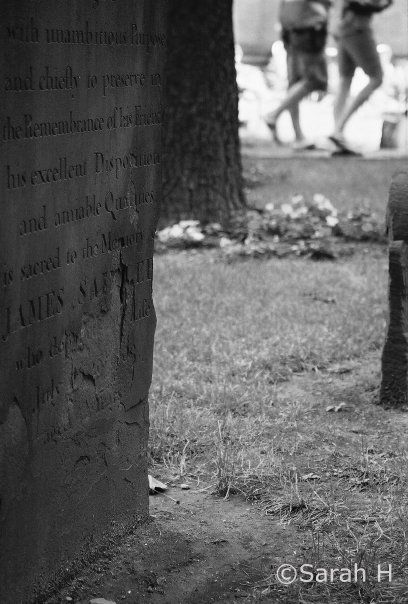Super Typhoon Haiyan: Only 3 Dead? News Coverage of Death

Hundreds of Philippinos Seek Shelter from Massive Storm
How many people died? That’s the first thing on everyone’s minds as they hear of exotic natural disasters reported on the news. I wonder why this is the case? Why is there such an emphasis on the number of deaths, that make these things more scary/more of a tragedy? Isn’t the destruction of major infrastructure and homes enough? Do we expect people to die?
http://www.cnn.com/2013/11/08/world/asia/philippines-typhoon-haiyan/?hpt=hp_t1
In the CNN Article posted at 8:48 this morning, The storm is reported as being one of the strongest ever, that has hit over the past night in the Phillipines. It is state that the level of damage has not been assessed, but that the . The article states that “90% of the infrastructure and establishments have already been heavily damaged,” but the scary part is that the heaviest part of the storm has not hit yet. Though the article has a suspenseful tone, it seems as though there is almost is a silent emphasis on the death toll. The three people who died are mentioned, but throughout out the article, there are subtle hints that allude to the idea that they expect more to die.
About 30 minutes later, another article was posted about this, titled: Philippines battered by monster Typhoon Haiyan; at least 4 killed. I suspect that many articles with these provocative titles will be posted throughout the next couple of days. This is more interesting, I suppose. This makes me think about death tolls and the impact that they have on the understandings of these disasters. As we discussed in class, the Tsunami about ten years ago was seen as so horrible because of the alarming amounts of people who were dead. Also the situation was so horrible because it took everyone by surprise and the town was not prepared.
This in not the case for Haiyan, as it has been established that the country is prepared, and was aware of the storm. Though there has been extensive damage, more than 700,000 people were able to be evacuated prior to the storm. Because of this preparedness, I suspect that the death toll won’t reach proportions as high as other disasters. It can’t be ignored that there are currently winds blowing at 147 miles per hour and there are millions of people in the Philippines that are currently endangered. I think we would say that we desire for the death toll to stay at 4, but I wonder if this is really the case? Would it be a better story if it was 5?

